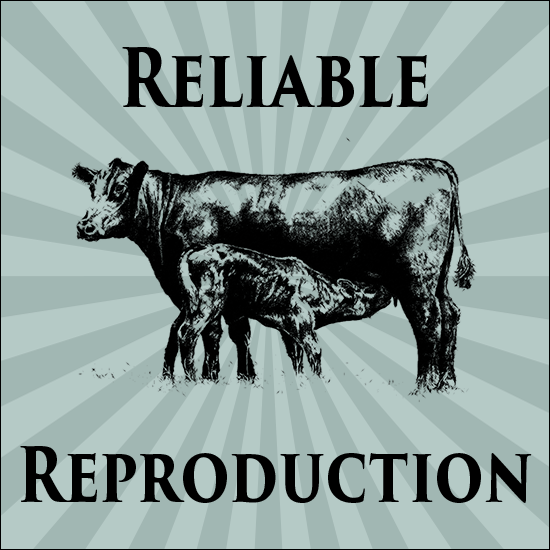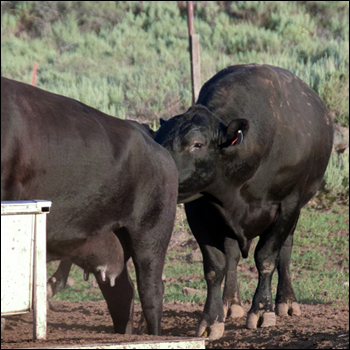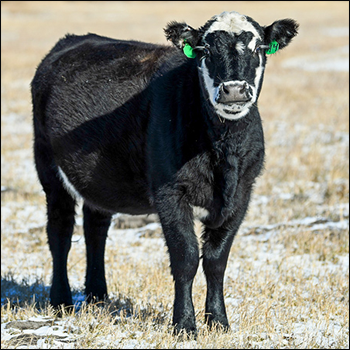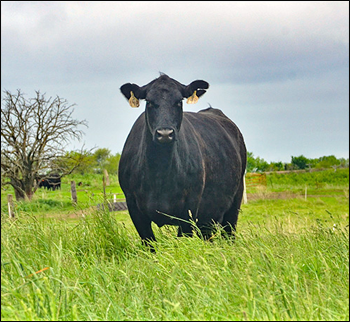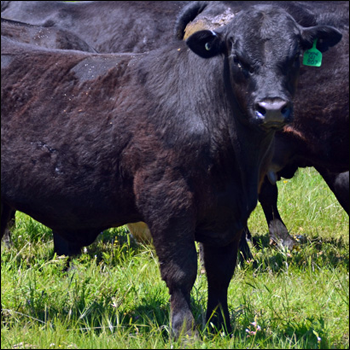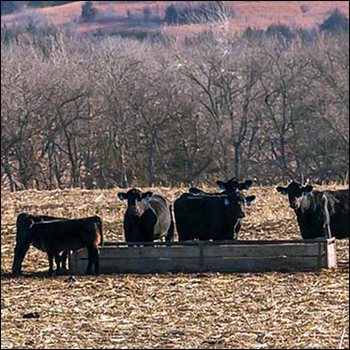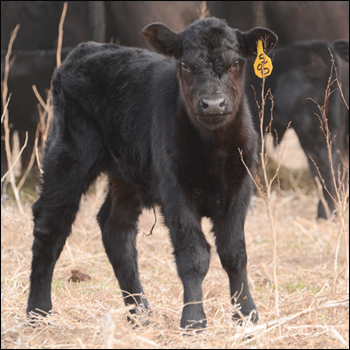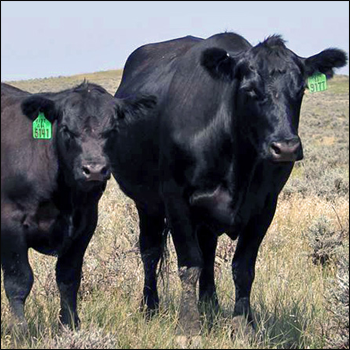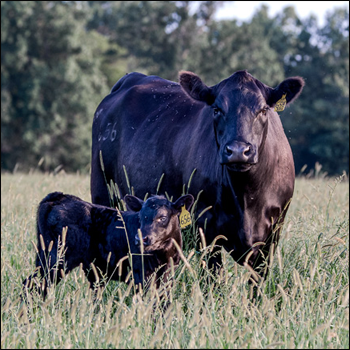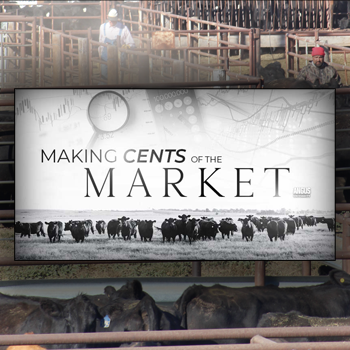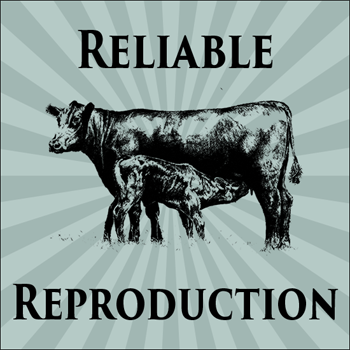
Market Closeout
Reliable marketing.
The theme for this issue of the Angus Beef Bulletin EXTRA is reliable reproduction. I’m sure no one is surprised I’m not going to talk about reproduction, but I will take some time to talk about the issue of reliability. Cow-calf producers are masters of dealing with unreliability. Cattle markets and Mother Nature make us experts with dealing with uncertainty.
However, there is nothing more frustrating than putting so much effort into making a great product and feeling like you don’t have a reliable marketing program. We work all year, and then the net outcome is largely determined in a couple-minute window of opportunity that we seemingly have no control over.
Can you imagine going to market knowing that you had reliable buyers who were needing your calves, reliable premiums for those calves, and access to marketing channels that reliably and routinely saw your calves as what they truly are — the result of a lifetime commitment to excellence?
Ironically, most producers are the very definition of reliability. They honor their commitments and do what they say. They have an immense amount of integrity. I would say the same for most cattle feeders, as well.
It seems almost inexplicable that cattle are marketed in a system built on distrust, fettered by a lack of communication, and predicated upon an adversarial relationship between the buyer and the seller. Sadly, that is what evolved from our fragmented, commodity-oriented industry structure.
Even the most casual observer — and certainly the key players — has known for 50 years that the system was broken. Reimagining the way we market feeder cattle was a difficult proposition for a whole host of reasons, but none bigger than the lack of trust, communication and reliable objective measures that describe economically relevant differences in a broad enough context to be used by the system.
Over the last couple of decades, there were three factors a producer could count on to receive premiums — lot size, health status and the color of the calves’ hide. There were a few options to work on lot size: shorten breeding seasons, pooling cattle or more consistency in genetic selection programs. Health status or preconditioning programs worked for a while. Yet, as they became the industry standard, they transformed more into discounts than premiums.
The final one is the most consistent premium in the commodity marketplace. The value of a black-hided calf has never been higher, even as the number of black-hided cattle has grown at an exponential pace. Even though this premium remains high, one has to admit it is more of an indicator of genetic merit than an objective measure.
If reliability is the goal, we know that black hides qualify cattle for additional premiums, but they don't guarantee they will receive them. That is why the Genetic Merit Scorecard® offered through AngusLinkSM and backed by the power of the American Angus Association’s database and genetic evaluation is truly revolutionary. It gives buyers a reliable objective measure that predicts how the cattle will perform in the feedyard and on the rail.
It is hard to think of a global market environment that has more uncertainty. AngusLink is designed to put more dollars in the pockets of ranchers by putting more reliability in the marketplace. We do this by verifying the genetic merit and management, increasing market access to programs offering premiums, making the process as simple as possible, and providing unequalled customer service and marketing assistance. It’s a simple concept, but one that provides reliable results.
Editor’s note: Troy Marshall is the director of commercial industry relations for the American Angus Association.

Angus Proud
In this Angus Proud series, Editorial Intern Jessica Wesson provides insights into how producers across the country use Angus genetics in their respective environments.
 Angus Proud: Scott Sproul
Angus Proud: Scott Sproul
Oklahoma operation learned wisdom of moving calving season to better suit their marketing needs.
 Angus Proud: Bubba Crosby
Angus Proud: Bubba Crosby
Fall-calving Georgia herd uses quality and co-ops to market calves.
 Angus Proud: Jim Moore
Angus Proud: Jim Moore
Arkansas operation retains ownership through feeding and values carcass data.
 Angus Proud: Les Shaw
Angus Proud: Les Shaw
South Dakota operation manages winter with preparation and bull selection.
 Angus Proud: Jeremy Stevens
Angus Proud: Jeremy Stevens
Nebraska operation is self-sufficient for feedstuffs despite sandy soil.
 Angus Proud: Dave Rutan
Angus Proud: Dave Rutan
Angus breeder gets the most out of his bull investment by partnering with opposite calving-season operation.
